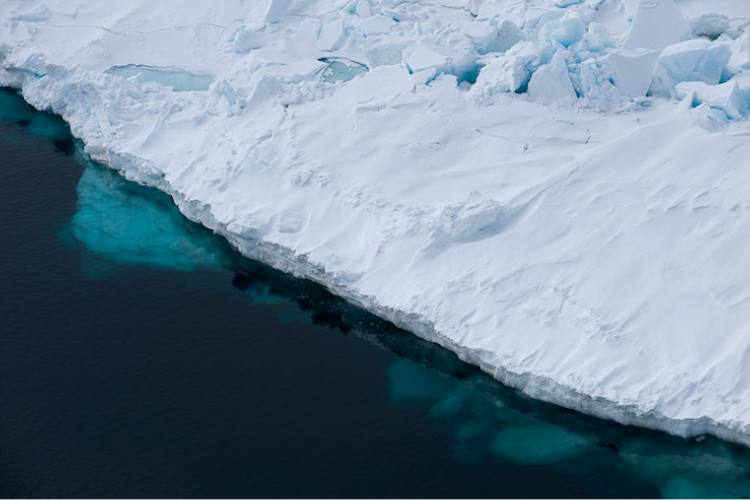404 Error
We can’t seem to find the page you’re looking for.

Photo: Daniel J. Cox
You’ve reached the edge of the sea ice.
Let us take you back home.
We can’t seem to find the page you’re looking for.

Photo: Daniel J. Cox
Let us take you back home.